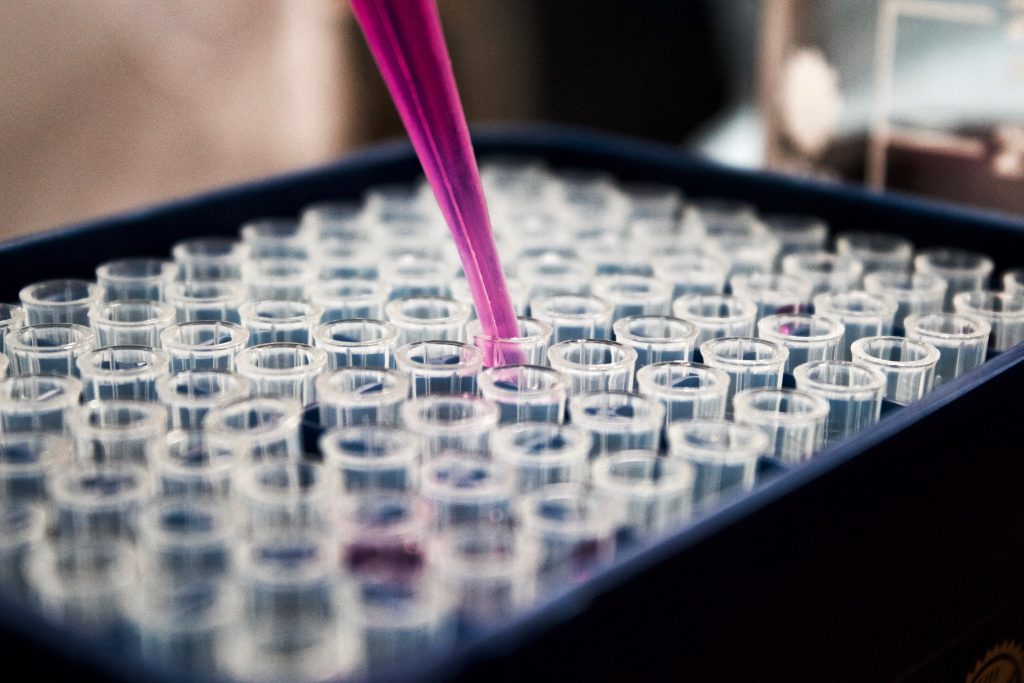What is the ACTION-1 trial?
During open aortic surgery (for abdominal aortic aneurysm, AAA), a blood thinner (heparin) is administered in order to prevent blood clots. Clotting can lead to serious complications, such as stroke, thrombosis in the leg, or dead bowel. Heparin is a blood thinner that has been in use for 70 years, almost always in a fixed dose of 5,000 units. However, the effect of heparin may be different for each patient. The effect of heparin is determined by measuring the Activated Clotting Time, ACT. Nowadays, this is always measured during vascular procedures involving the heart, but it is not standard for open aneurysm repair surgery. For half of the patients participating in the ACTION-1 clinical trial, activated clotting time will be measured to ensure it reaches a specific value (200-220 seconds). We want to compare this group of patients with a group that will receive the standard treatment with 5,000 units with one single ACT measurement at the end of the procedure. The purpose of the research is to find out whether fewer clotting complications arise in comparison with the other group in the study. Higher doses of heparin could potentially lead to higher incidence of post-operative hemorrhaging or hematoma. These are complications involving bleeding. In the group where ACT is being measured, the number of complications involving bleeding must not be allowed to increase. For that reason, at the end of the operations on patients in this group, the antibody protamine will be administered to inhibit the effect of the heparin.


What is different from the regular procedure?
- Interview with vascular surgeon or another person to explain the research, discuss any questions, and sign the consent form.
- Completing a short three-minute questionnaire before the operation, and after the operation in weeks 1, 4, 13 and 26. This questionnaire can be completed on paper or directly via the internet. You are not required to come to the hospital.
- If you are randomly selected for the ACT group, a maximum of 48 cc of blood will be taken. You will not notice this. Blood will be collected using a tube inserted into the main artery in your wrist, which would also be done for this type of operation if you were not participating in the study.
- 30-35 days after surgery, you will be called to check if you experienced any complications since discharge from the hospital (maximum 5 minutes).
- After 13 weeks, you will be asked to complete one extra, somewhat longer questionnaire.
- At the end of the trial, after 26 weeks, you will be asked to complete two extra, somewhat longer questionnaires. This will take about 30 minutes of your time. These too can be completed on paper or directly via the internet. So for these too, you are not required to make a special trip to the hospital.
All the rest of the procedure for your open aneurysm repair operation will procede as usual, the same as if you were not participating in the research. If you decide not to participate in this clinical trial, it will not have any negative impact at all on your treatment in hospital.
Inclusion and Exclusion criteria
Inclusion criteria
- Able to speak and read in local language of trial hospital.
- Patients older than 18 years scheduled for elective, open repair of an iliac or abdominal aortic aneurysm distal of the SMA (DSAA segment C).
- Implantation of a tube or bifurcation prosthesis.
- Trans-abdominal or retroperitoneal surgical approach of aneurysm.
- Able and willing to provide written informed consent.
Exclusion criteria
- Not able to provide written informed consent.
- Previous open or endovascular intervention on the abdominal aorta (previous surgery on other parts of the aorta or iliac arteries is not an exclusion criterion).
- History of coagulation disorders, heparin induced thrombocytopenia (HIT), allergy for heparin or thrombocyte pathology.
- Impaired renal function with EGFR below 30 ml/min.
- Acute open AAA surgery.
- Hybrid interventions.
- Connective tissue disorders.
- Dual anti-platelet therapy, which cannot be discontinued.
- Life expectancy less than 2 years.
- Inflammatory, mycotic or infected aneurysms.
- Allergy for protamine or fish protein


Activated clotting time during vascular procedures
Measuring the effect of heparin by Activated Clotting Time (ACT) during vascular procedures has been investigated before in a large observational study. This is a still ongoing trial. In this study (the MANCO study), more than 1000 patients from three large hospitals in the Netherlands are participating. In this study, among other findings, it was found that performing ACT measurements during vascular procedures is feasible. Based on these findings, the protocol to administer heparin and the moments when to perform an ACT measurement was determined. This protocol was tested in a pilot study in patients undergoing open surgery for an abdominal aortic aneurysm. In ‘scientific publications’ you will find an overview of our previously published scientific results.